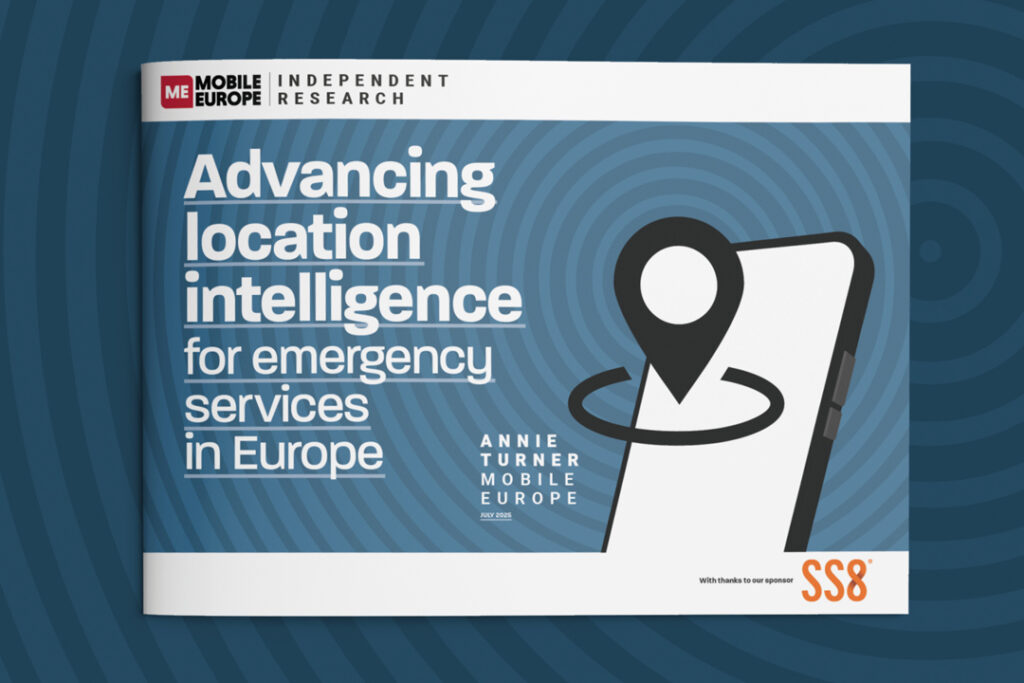A new research paper from the UK-based Centre for Research into Energy Demand Solutions (CREDS) casts doubt on the energy efficiency of 5G.
It says the evidence behind vendor’s claims is tainted because they overlook inconvenient factors and fail to take everything into account in their skewed calculations.
Mobile operators have used the message that 5G’s energy efficiency will help nations achieve net Zero emissions targets. An Ericsson sponsored McKinsey report in October claimed that the Internet of Things over 5G could save 170 megatons of CO2. Vodafone has made impressive claims about the healing power of its wind powered 5G base stations. The GSMA has issued reports that put full faith in the ability of artificial intelligence to cut emissions.
CREDS told Dan Robinson of The Register that the question over 5G’s ability lower energy consumption of mobile networks has been answered rather unscientifically, with few peer-reviewed assessments. “There isn’t much disclosure of key assumptions that would enable scrutiny and comparison of claims regarding power usage,” reports Robinson.
“We have identified a number of potentially significant shortcomings of the evidence based on the energy use implications of 5G,” said Laurence Williams, a Research Fellow in Environmental Politics at the University of Sussex and one of the paper’s authors.
“The surprising lack of peer-reviewed, publicly available whole network-level assessments on the energy use implications of 5G, and patchy disclosure of the key data and assumptions of those studies that do exist, currently make it impossible to conclude with any confidence that 5G will reduce the energy consumption of mobile networks.”
While the energy efficiency of mobile networks has improved, each generation of mobile network data multiplies with extra-exponentially. Global monthly mobile data traffic will rise from 80 exabytes in 2021 to 370 exabytes by 20278, Ericsson has predicted.
Williams has questioned the energy efficiency of networks to make data cheaper on a per-bit basis. If it’s economically viable for operators to extend mass unlimited data contracts over their uber-responsive low latency networks, that only encourages vendors to create more data-intensive services, and data consumption involves energy consumption.
The study by CREDS also points out that many assessments of the energy usage of 5G have almost exclusively focused on the operational energy required to power the mobile networks and overlooked a massively significant variable, the Embodied Energy – the power used in making semi-conductors, antennas and comms equipment, building masts, running fibre optic cables and then operating the infrastructure.
The embodied energy has been measured to account for 36 per cent of the total energy consumption of a base station over a 10-year lifetime, says the report. A more recent estimate puts a base station’s embodied emissions at up to 15 per cent of operational emission over a decade. A smartphone’s embodied energy score is even bigger, comprising 75 per cent of their average carbon footprint.
The CREDS report’s primary conclusion is that more research is needed. It calls for peer-reviewed assessments of the effects of 5G on the energy consumption of mobile networks with better disclosure of the key data and assumptions used.
It also recommends that embodied energy is included in assessments of overall energy use and that the potential for 5G to produce rebound effects must be noted.
Mobile network operators, phone makers and comms kit manufacturers should raise user awareness of their data/energy consumption choices. CREDS has also called on developers to factor energy saving considerations into the design of mobile applications.



